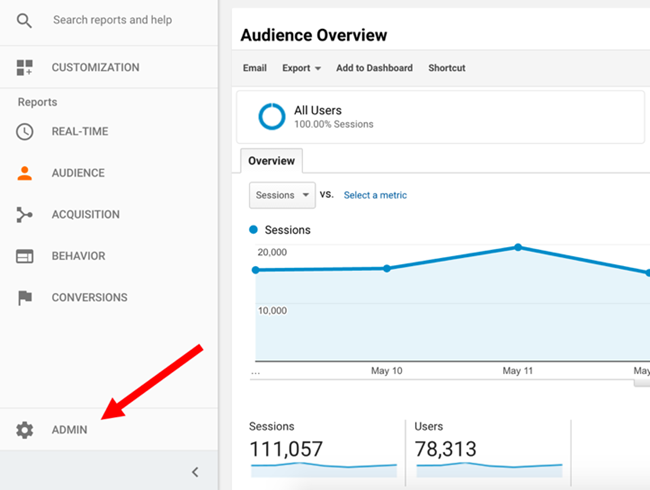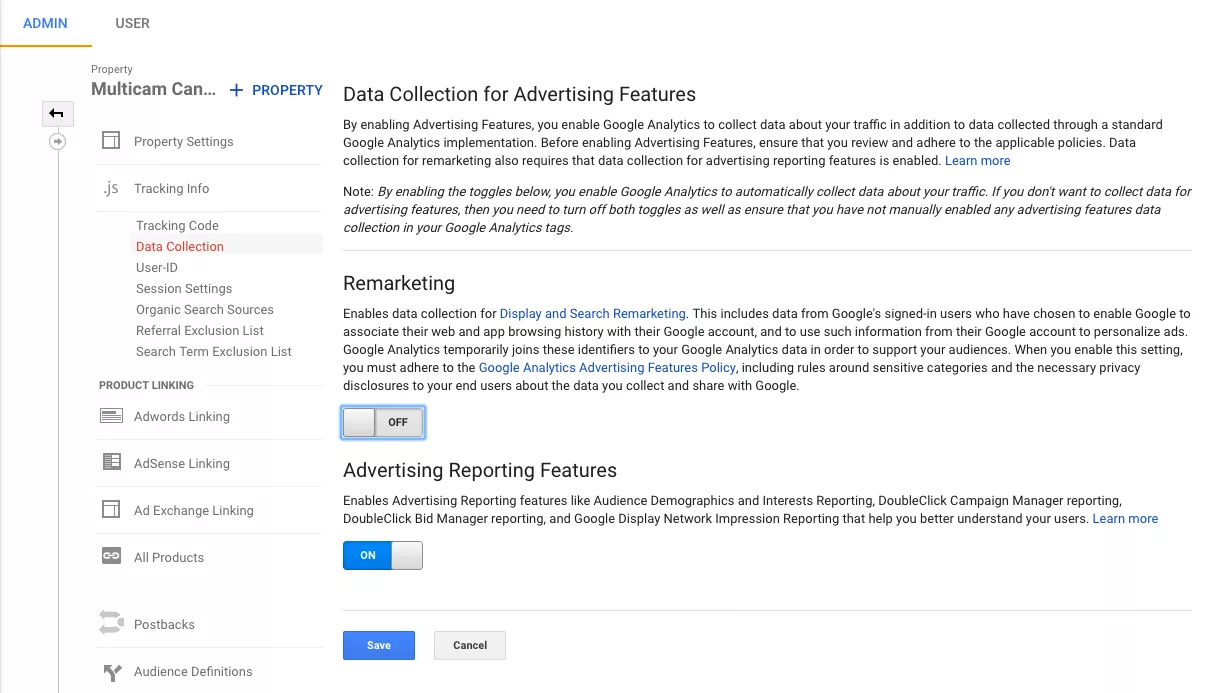Efficient Approaches for Remarketing in Google Analytics
In the world of digital advertising, the realm of remarketing in Google Analytics stands as an essential device for companies intending to enhance their on-line visibility and conversion prices. Via calculated audience segmentation, tailored remarketing listings, and interesting ad creatives, businesses can craft tailored campaigns that resonate with their target audience. The true success lies in the capacity to continuously fine-tune and enhance these methods based on performance metrics and information understandings. By exploring the subtleties of dynamic remarketing and leveraging sophisticated tracking tools, organizations can unlock the complete capacity of their remarketing initiatives, causing increased brand name visibility and client engagement.
Target Market Segmentation
Using audience segmentation is an essential method in optimizing the performance of remarketing campaigns within Google Analytics. By splitting your audience right into distinct groups based upon their behavior, demographics, or passions, you can customize your advertising and marketing messages to be more appropriate and engaging. This strategy permits you to deliver individualized ads to particular sectors, boosting the chance of conversion.

Additionally, target market segmentation helps you recognize the differing needs and preferences of various customer groups, enabling you to craft more engaging ad creatives and offers. This targeted method not only boosts the effectiveness of your remarketing efforts but also boosts total project performance.
Establishing Remarketing Lists
To effectively execute remarketing techniques in Google Analytics, the preliminary action entails creating targeted remarketing listings based upon specific audience communications. Establishing up remarketing listings permits marketing experts to sector their site visitors right into different groups based on their actions, such as web pages watched, products looked for, or activities tackled the site. By specifying these sections, online marketers can then produce individualized and pertinent ads that target these certain groups, increasing the likelihood of conversion.
Remarketing listings can be established using various requirements such as page visits, period of check out, particular goal completions, or also certain events activated on the website. This degree of personalization enables marketers to tailor their ads to match the rate of interests and preferences of each segmented target market, resulting in higher interaction and conversion rates.
In addition, remarketing checklists can likewise be developed based on data imported from other sources like CRM systems, permitting much more exact targeting. By establishing up these targeted remarketing checklists, marketers can effectively reach out to potential customers who have actually currently revealed rate of interest in their items or solutions, taking full advantage of the effect of their remarketing campaigns.
Producing Engaging Advertisement Creatives
After segmenting web site visitors right into targeted remarketing lists based on certain target market communications, the next vital step is to craft compelling ad creatives that resonate with each fractional team's passions and choices. The efficiency of remarketing projects try this out heavily counts on the ability of these ad creatives to record the interest of the target market and drive them to take the desired activity.
To create compelling advertisement creatives, it is necessary to comprehend the special qualities of each segmented group (What Is “Remarketing” In Google Analytics?). Customizing the messaging, visuals, and supplies to straighten with the rate of interests and choices of the audience can dramatically raise the chances of conversion. Utilizing vibrant advertisements that immediately readjust web content based upon the individual's behavior can also enhance the personalization of the advertisement experience

Surveillance Efficiency and Optimization
Effective tracking of campaign efficiency and continuous optimization are critical aspects of successful remarketing approaches in Google Analytics. To guarantee the performance of remarketing projects, marketers should consistently track crucial efficiency metrics such as click-through prices, conversion rates, and return on ad spend. By monitoring these metrics, marketing experts can obtain beneficial understandings into the efficiency of their projects and identify areas for improvement.
In Google Analytics, marketing experts can utilize devices like conversion monitoring and audience segmentation to analyze the performance of their remarketing projects. Conversion monitoring permits marketing experts to view publisher site track specific activities that users take after clicking a remarketing ad, providing useful information on the performance of the campaign in driving desired outcomes. Target market segmentation, on the various other hand, makes it possible for marketing experts to divide their audience into various segments based on numerous standards such as demographics, behavior, and passions, permitting more targeted and personalized remarketing efforts.
Continuous optimization is crucial for optimizing the impact of remarketing projects. Marketing professionals must make use of A/B screening to trying out different ad creatives, messaging, and targeting approaches to identify the most reliable strategies. By frequently analyzing project efficiency information and making data-driven optimizations, marketers can make certain that their remarketing projects are attaining the preferred outcomes and driving conversions successfully.
Leveraging Dynamic Remarketing
Utilizing dynamic remarketing can considerably boost the importance and impact of targeted advertisements in Google Analytics. This innovative technique allows marketers to reveal personalized advertisements to users who have previously visited their internet site or used their mobile app. By dynamically showing products or services that the individuals have actually revealed passion in, dynamic remarketing assists to keep the brand name fresh in their minds and motivates them to return to complete a purchase.

Additionally, dynamic remarketing campaigns can be automated and maximized in real-time based on performance data, guaranteeing that the advertisements remain reliable and pertinent. By leveraging vibrant remarketing in Google Analytics, marketers can produce much more impactful and targeted marketing campaign that reverberate with their target market and drive results.
Verdict
Finally, efficient remarketing approaches in Google Analytics involve target market division, targeted remarketing checklists, engaging ad creatives, efficiency tracking, and dynamic remarketing. By concentrating on tailored ads, data evaluation, and continuous optimization, organizations can raise conversion rates and drive interaction effectively. Leveraging devices like conversion monitoring ensures that ads remain appropriate and individualized, bring about general success in remarketing initiatives.
Through critical target market segmentation, customized remarketing lists, and appealing advertisement creatives, additional hints services can craft tailored projects that resonate with their target audience. Making use of dynamic ads that automatically readjust web content based on the individual's actions can also boost the personalization of the ad experience.
Conversion monitoring enables marketers to track specific actions that individuals take after clicking on a remarketing ad, giving important data on the efficiency of the project in driving preferred end results.Making use of dynamic remarketing can substantially improve the significance and impact of targeted advertisements in Google Analytics - What Is “Remarketing” In Google Analytics?.In conclusion, efficient remarketing approaches in Google Analytics include audience segmentation, targeted remarketing listings, engaging ad creatives, efficiency monitoring, and dynamic remarketing
Comments on “Step-by-Step Tutorial: Remarketing In Google Analytics”